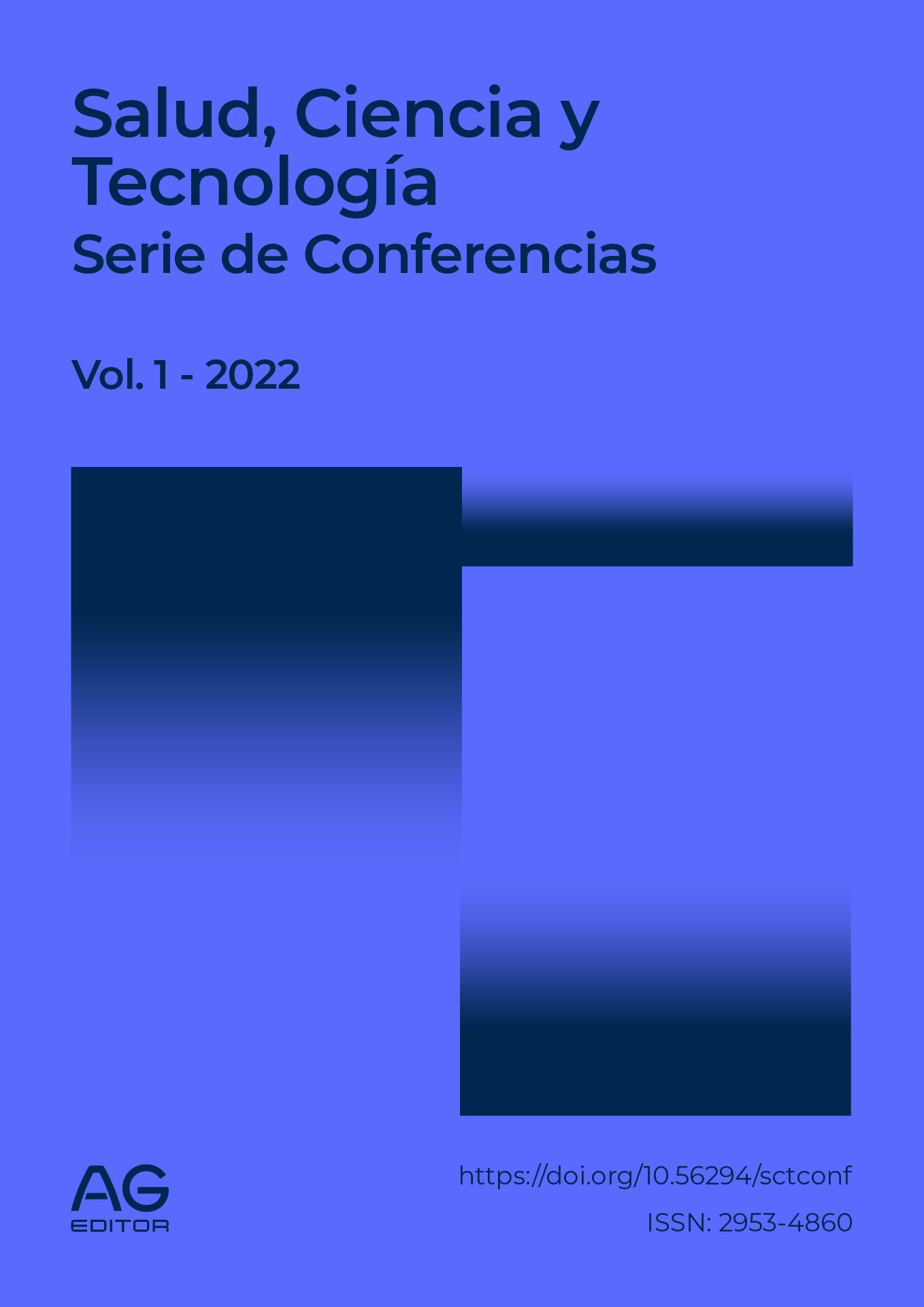Poor prognostic factors in patients with subarachnoid hemorrhage. Abel Santamaría Cuadrado Hospital
DOI:
https://doi.org/10.56294/sctconf2022285Keywords:
Subarachnoid Hemorrhage, Aneurysm, Poor Prognostic FactorsAbstract
The brain is the organ most prone to bleed on its own surface. One of the most frequent forms occurs in the subarachnoid space, a condition known as Subarachnoid Hemorrhage (SAH). An investigation was carried out with the aim of characterizing the factors that determine the appearance of secondary lesions in patients over 18 years of age with non-traumatic SAH admitted to the stroke ward and ICU of the Abel Santamaría Cuadrado Hospital during the period 2020 - 2022. The information was obtained directly by interview and exhaustive review of the clinical history by means of a descriptive, retrospective, cross-sectional study; the data were processed following descriptive statistics, basically of percentage ratio. The universe consisted of 125 patients with this diagnosis who attended the emergency department at that stage and the sample consisted of 63 patients admitted to the stroke or ICU department who met the inclusion criteria. In addition to sociodemographic variables, etiological factors, time elapsed from symptom onset to medical care, tomographic characteristics by Fisher classification, most frequent complications in the sample, decision of medical or surgical treatment, mortality and hospital stay were analyzed. There was a predominance of men, white skin color and ethereal group aged 70 to 79 years. Most of the patients were from rural areas. The most frequent etiological factors were HT and aneurysmal causes. The vast majority with tomographic study according to Fisher classification were type II and IV. Among the most frequent non-neurological complications, pneumonia was associated with high mortality and prolonged hospital stay. An average stay of 12 days. Mortality below average and associated with non-interventional treatment.
References
1. Sudlow CL, Warlow CP. Comparable studies of the incidence of stroke and its pathological types: results from an international collaboration. International Stroke Incidence Collaboration. Stroke. 2017; 28:491–9. DOI: https://doi.org/10.1161/01.STR.28.3.491
2. Nieuwkamp DJ, Setz LE, Algra A, Linn FH, de Rooij NK, Rinkel GJ. Changes in case fatality of aneurysmal subarachnoid haemorrhage over time, according to age, sex, and region: a meta-analysis. Lancet Neurol. 2019; 8:635–42. DOI: https://doi.org/10.1016/S1474-4422(09)70126-7
3. Al-Khindi T, Macdonald RL, Schweizer TA. Cognitive and functional outcome after aneurysmal subarachnoid hemorrhage. Stroke. 2010; 41:e519–36. DOI: https://doi.org/10.1161/STROKEAHA.110.581975
4. Hunt WE, Hess RM. Surgical risk as related to time of intervention in the repair of intracranial aneurysms. J Neurosurg. 1968; 28:14–20. DOI: https://doi.org/10.3171/jns.1968.28.1.0014
5. Drake CG. Report of World Federation of Neurological Surgeons Committee on a Universal Subarachnoid Hemorrhage Grading Scale. J Neurosurg.2008; 68:985–6.
6. de Oliveira Manoel AL, Jaja BN, Germans MR, Yan H, Qian W, Kouzmina E, et al. The VASOGRADE: a simple grading scale for prediction of delayed cerebral ischemia after subarachnoid hemorrhage. Stroke. 2015; 46:1826–31. DOI: https://doi.org/10.1161/STROKEAHA.115.008728
7. Rodríguez-Venegas E, Hernández-García O, Denis-Piedra D, Cabrera-Nicó A, Valdés-Blanco M. Factores en el pronóstico de mortalidad en pacientes con hemorragia intracerebral espontánea. Revista de Ciencias Médicas de Pinar del Río 2020; 24(4):[aprox. 10 p.].
8. Diringer MN, Bleck TP, Claude Hemphill 3rd J, Menon D, Shutter L, Vespa P, et al. Neurocritical Care Society: Critical care management of patients following aneurysmal subarachnoid hemorrhage: recommendations from the Neurocritical Care Society’s Multidisciplinary Consensus Conference. Neurocrit Care. 2018; 15:211–40. DOI: https://doi.org/10.1007/s12028-011-9605-9
9. Connolly Jr ES, Rabinstein AA, Carhuapoma JR, Derdeyn CP, Dion J, Higashida RT, et al. Guidelines for the management of aneurysmal subarachnoid hemorrhage: a guideline for healthcare professionals from the American Heart Association/American Stroke Association. Stroke. 2019; 43: 1711–37. DOI: https://doi.org/10.1161/STR.0b013e3182587839
10. Steiner T, Juvela S, Unterberg A, Jung C, Forsting M, Rinkel G. European Stroke Organization Guidelines for the Management of Intracranial Aneurysms and Subarachnoid Haemorrhage. Cerebrovasc Dis. 2017; 35:93–112. DOI: https://doi.org/10.1159/000346087
Downloads
Published
Issue
Section
License
Copyright (c) 2022 Ana Laura Cuador Cue, Heidys de la C. Oliva Rodríguez, Igrayne Ramírez Muñoz, Yuniel Sobrino Trujillo, Abel Fábregas Valdés (Author)

This work is licensed under a Creative Commons Attribution 4.0 International License.
The article is distributed under the Creative Commons Attribution 4.0 License. Unless otherwise stated, associated published material is distributed under the same licence.



